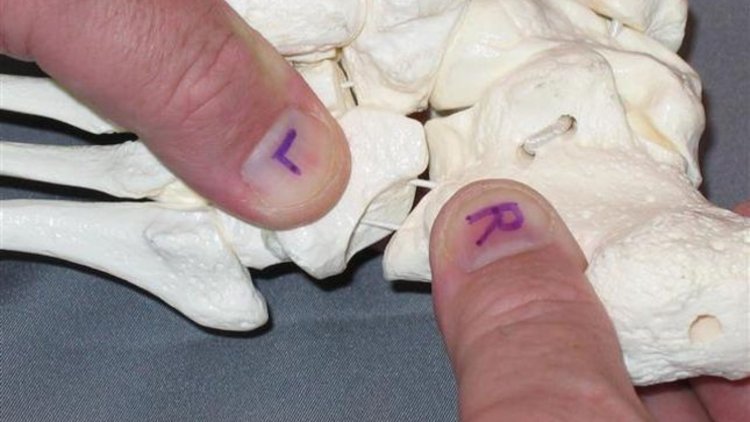Breaking Down Cuboid Syndrome Treatment Options!
Cuboid Syndrome Treatment

Cuboid syndrome, though lesser-known, can be a debilitating condition causing pain and discomfort in the foot. Fortunately, several treatment options are available to alleviate symptoms and restore mobility.
Let's delve into the various cuboid syndrome treatment approaches for managing it effectively.
Understanding Cuboid Syndrome
Before delving into treatment options, it's crucial to understand cuboid syndrome. This condition occurs when the cuboid bone, located on the outer side of the foot, becomes displaced or irritated. It commonly affects athletes and individuals engaged in repetitive activities like running or jumping.
-
Rest and Immobilization
When diagnosed early, resting the affected foot and immobilizing it with a brace or splint can aid in reducing inflammation and allowing the cuboid bone to heal properly. This approach is often the initial step in managing cuboid syndrome.
-
Ice Therapy
Ice therapy, or cryotherapy, is effective in reducing pain and inflammation associated with cuboid syndrome. Applying ice packs to the affected area for 15-20 minutes several times a day can provide relief. It's essential to wrap the ice pack in a cloth to prevent skin damage.
-
Physical Therapy
Physical therapy plays a pivotal role in rehabilitating cuboid syndrome. Therapists employ techniques like stretching, strengthening exercises, and manual manipulation to realign the cuboid bone and improve foot function. Additionally, they may recommend orthotic devices to support the foot's arch and prevent future injuries.
-
Footwear Modification
Wearing proper footwear is essential for managing cuboid syndrome. Shoes with adequate arch support and cushioning can alleviate pressure on the cuboid bone and promote healing. Orthopedic inserts or custom-made orthotics may also be prescribed to ensure optimal foot alignment and stability.
-
Medications
Nonsteroidal anti-inflammatory drugs (NSAIDs) like ibuprofen or naproxen can help alleviate pain and reduce inflammation associated with cuboid syndrome. However, it's essential to use them as directed and under the supervision of a healthcare professional to avoid adverse effects.
-
Corticosteroid Injections
In severe cases of cuboid syndrome where conservative measures fail to provide relief, corticosteroid injections may be recommended. These injections deliver powerful anti-inflammatory medication directly to the affected area, providing rapid pain relief. However, they are typically reserved for short-term use due to potential side effects.
-
Surgery
Surgery is rarely necessary for treating cuboid syndrome and is usually considered only when other treatment options have been exhausted, and the condition significantly impairs daily function. Surgical intervention aims to stabilize the cuboid bone and restore normal foot mechanics.
While cuboid syndrome can be a painful and frustrating condition, various cuboid syndrome treatment options are available to alleviate symptoms and facilitate recovery. By understanding these options and working closely with healthcare professionals, individuals can effectively manage cuboid syndrome and regain their quality of life.
What's Your Reaction?











![Wireless Connectivity Software Market Size, Share | Statistics [2032]](https://handyclassified.com/uploads/images/202404/image_100x75_661f3be896033.jpg)




